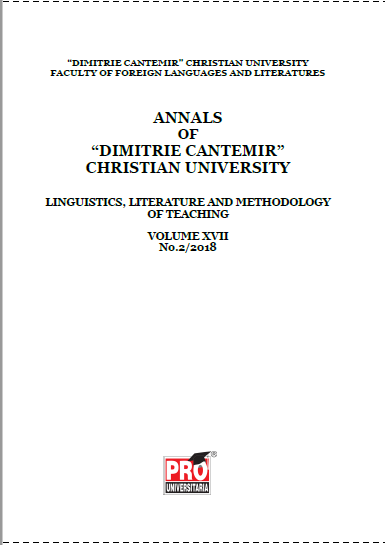Contrastive Analysis in Translation Equivalence
Contrastive Analysis in Translation Equivalence
Author(s): Mohamed M. BenotmanSubject(s): Theoretical Linguistics, Evaluation research, Translation Studies
Published by: Editura Pro Universitaria
Keywords: Contrastive Linguistics; Equivalence; Similarity and Dissimilarity;
Summary/Abstract: Translation is an important literary activity to reach to wider readership, breaking the barriers of an unfamiliar language. Although there are different methods of translation of a text from the source language to the target language, the contrastive analysis plays a key role in achieving equivalence in translation. CA is a linguistic enterprise founded on the assumption that languages can be compared. It is a sub discipline of linguistics, concerned with the comparison of two or more languages or subsystems of languages, to determine the differences and similarities between them. Contrastive analysis has a link with translation theory. It introduced the notion of text as the actual manifestation of languages, since the basis of translation is the text in context. This is normally because people communicate by means of coherent strings of sentences, i.e. texts rather than isolated sentences out of context. Translation equivalence as established by a bilingual informant is deemed as a satisfactory starting point for CA. Thus, if we have a text in language x and another one in language z, we propose to contrast certain linguistic elements of language x with all those units of language z which function as their formal correspondents in translation equivalent texts.
- Issue Year: 2018
- Issue No: 2
- Page Range: 63-69
- Page Count: 7
- Language: English

